Note – Typically 18 inches of ensiled Silage = 6 inches of waste unfeedable Silage.
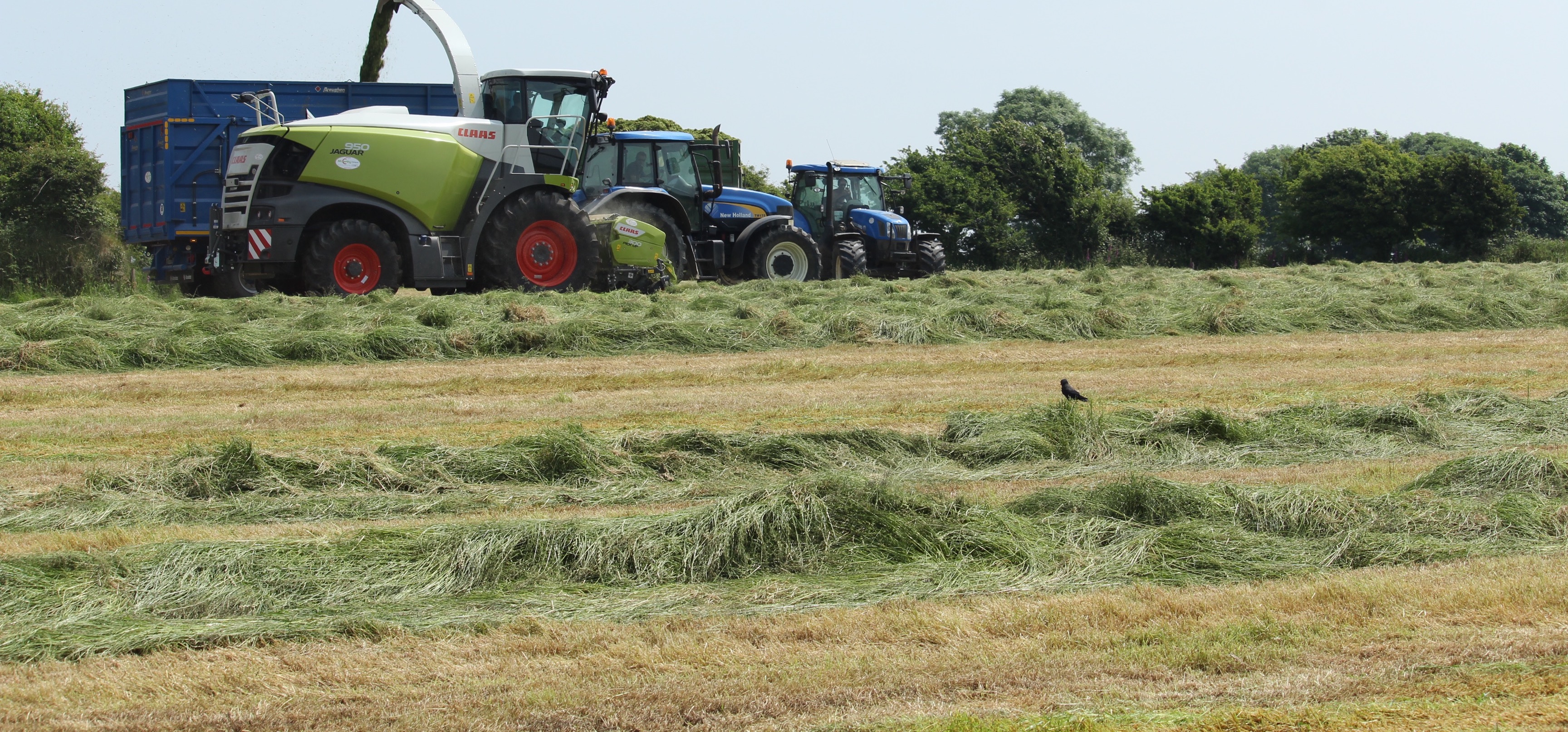
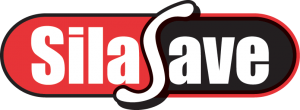

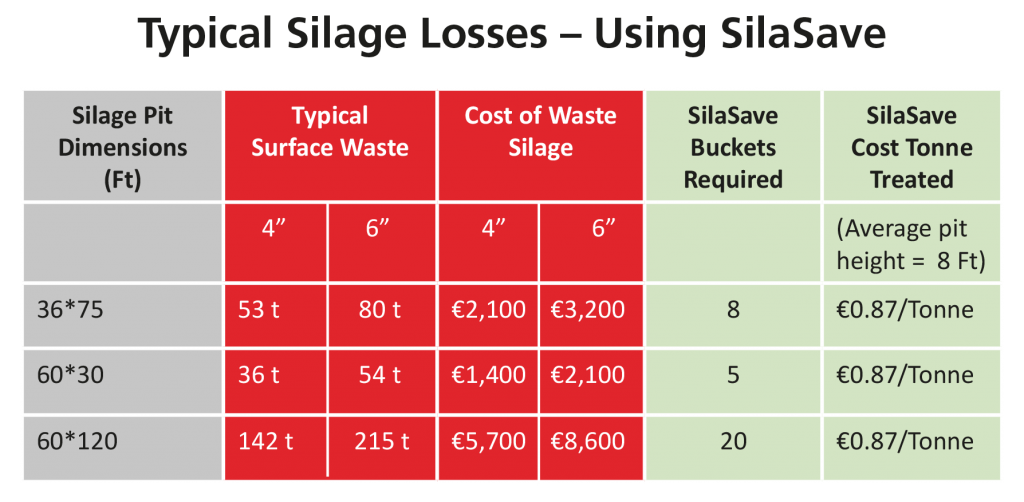
Note – Typically 18 inches of ensiled Silage = 6 inches of waste unfeedable Silage.
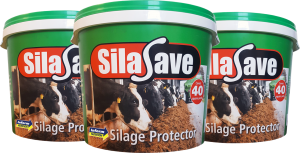
SilaSave is a proven silage preservative to prevent mould and fungi on the top and side surfaces of the silage pit. The combination of air, wet silage and heat make can an ideal environment for moulds and fungi to multiply even with adequate rolling and sealing. These moulds and fungi consume the nutrients present in the silage causing the silage to rot and form the black layer often seen in silage pits.
SilaSave is the only cost-effective solution to reduce surface waste and moulds on silage pits. Surface waste presents a problem from
several perspectives:
• Loss of valuable fodder
• Labour cost required to remove the waste and dispose of it in the spring
• Reduction of silage quality
The moulds present on the surface of the silage pit can produce a variety of mycotoxins. These moulds can sometimes be visible or invisible.
They grow best on the surface of the silage pit where pH is higher and growing conditions are better than lower down in the pit. The mycotoxins present in silage are known to have the many health effects on ruminants.
SilaSave is a blend of carefully chosen acid salts + triple action mould inhibitor. It is spread on the surface and/or sides of the pit before it is covered. SilaSave inhibits the growth of moulds, and fungi in the top layer and sides of the pit.
Mycotoxins are poisonous substances produced by fungi. Fungi are a group of organisms that contain moulds, yeasts and mushrooms. Mycotoxins are naturally occurring toxins produced by certain moulds (fungi) and can be found in food. The moulds grow on a variety of different crops and foodstuffs including cereals, nuts, spices, dried fruits, apples and coffee beans, often under warm and humid conditions.
A mycotoxin is a toxic secondary metabolite produced by organisms of the fungus kingdom and is capable of causing disease and death in both humans and other animals. The term ‘mycotoxin’ is usually reserved for the toxic chemical products produced by fungi that readily colonize crops.
Mycotoxicosis is a condition found in animals after the ingestion of different concentrations of mycotoxins present in animal feed. Although mycotoxins affect most organs and systems in livestock, the 2 systems that can be most affected by mycotoxins, even at low concentrations, are the immune system and the gastro-intestinal tract (GIT, gut).
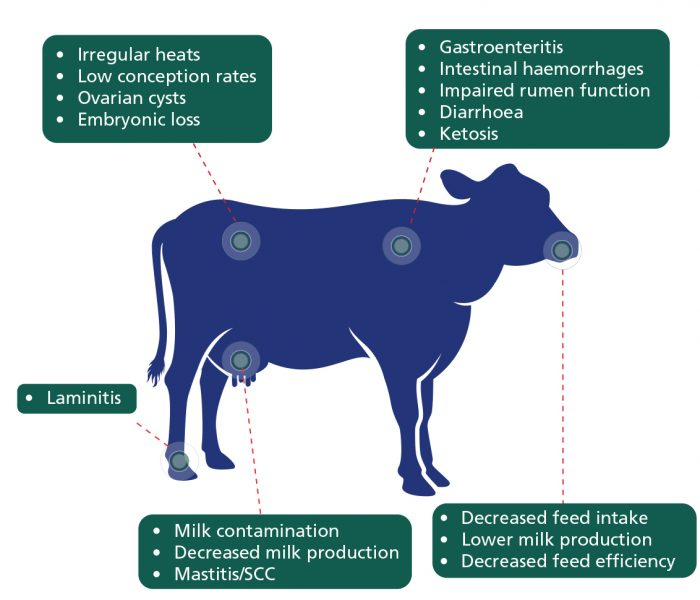
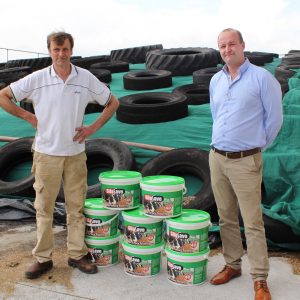
Declan Murphy farms in Effin, Kilmallock, Co, Limerick alongside his wife Eileen and son Kieran. Together, they farm approximately 125 Holstein Friesian milking cows producing an average yield of 7,700 litres.
On farm, producing a crop of good quality silage is extremely important to maintain, especially as silage can be expensive. Therefore, it’s essential to ensure that minimal waste is produced.
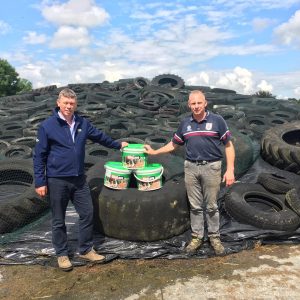
Michael Freeney, the third generation farming 180 acres at Derrydonnell, Oranmore, Co Galway. Michael along with his father Jackie farm approximately 100 pedigree Holstein dairy cows. Of these, 80 cows constantly produce an average 305 Day lactation, producing 9,000 Litres of milk, 3.89% butter fat and 3.24% Protein. The primary market for this farm’s produce is the Galway liquid milk market.
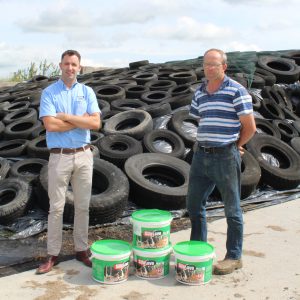
Brendan Hickey farms in Millbrook, Urlingford, Co. Kilkenny with his father Tom. Together, they farm approximately 90 dairy cows producing an average yield of 7,000 litres of milk per year. On farm, all male calves are reared for beef, while, also rearing their own replacement cows.
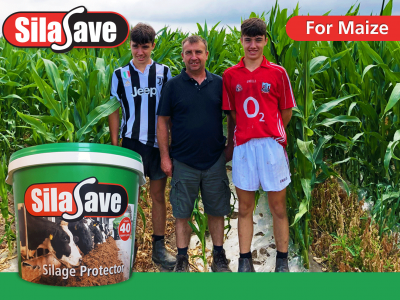
John Walsh, pictured with his 2 sons, Sean and Fergal, is supplying Barryroe Coop in West Cork and is milking 250 cows. John grows about 16 acres of Maize every year to compliment the cow’s diet for his spring calving herd.
Find out how John Walsh got on with using Silasave on his Maize crop